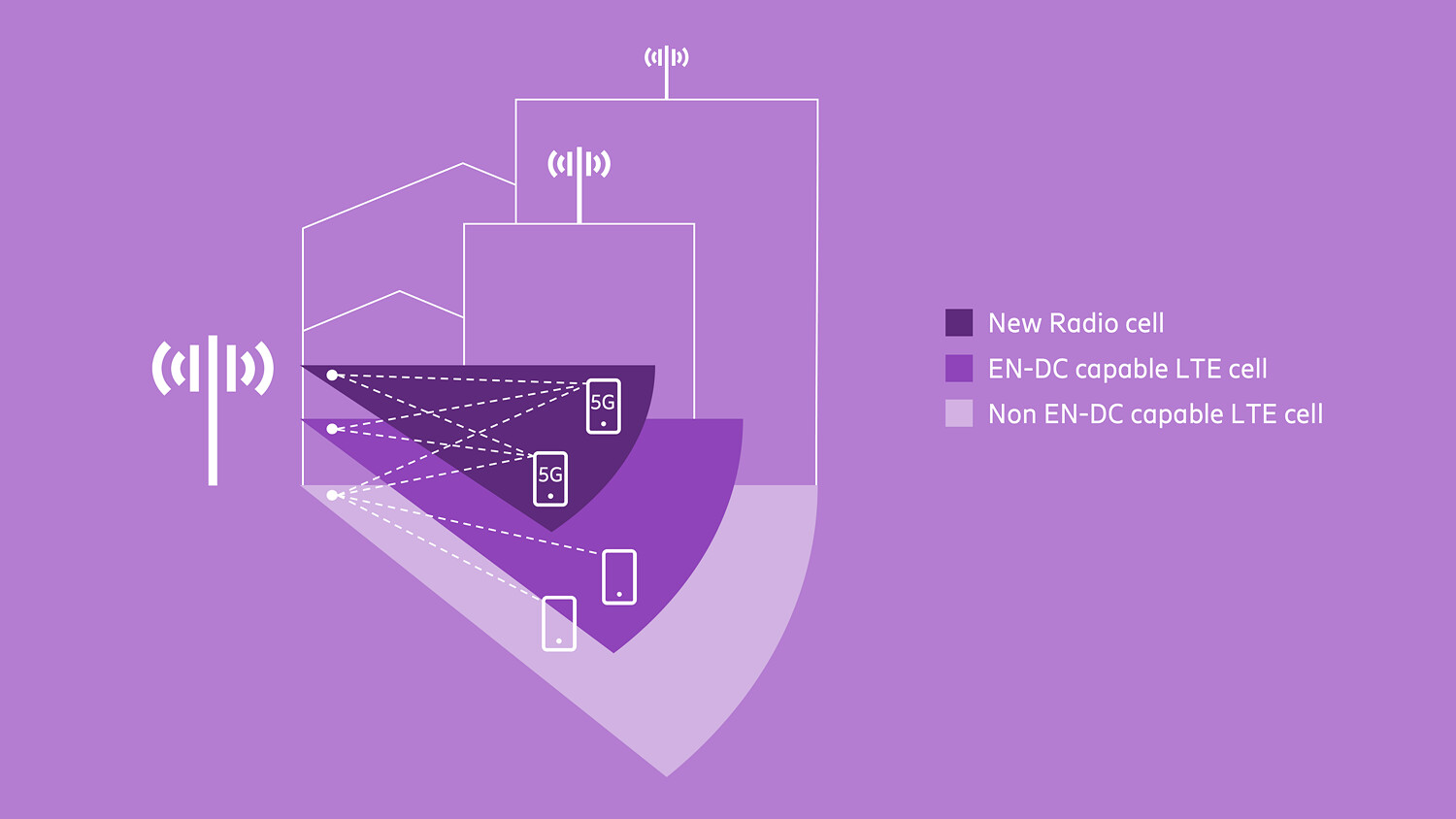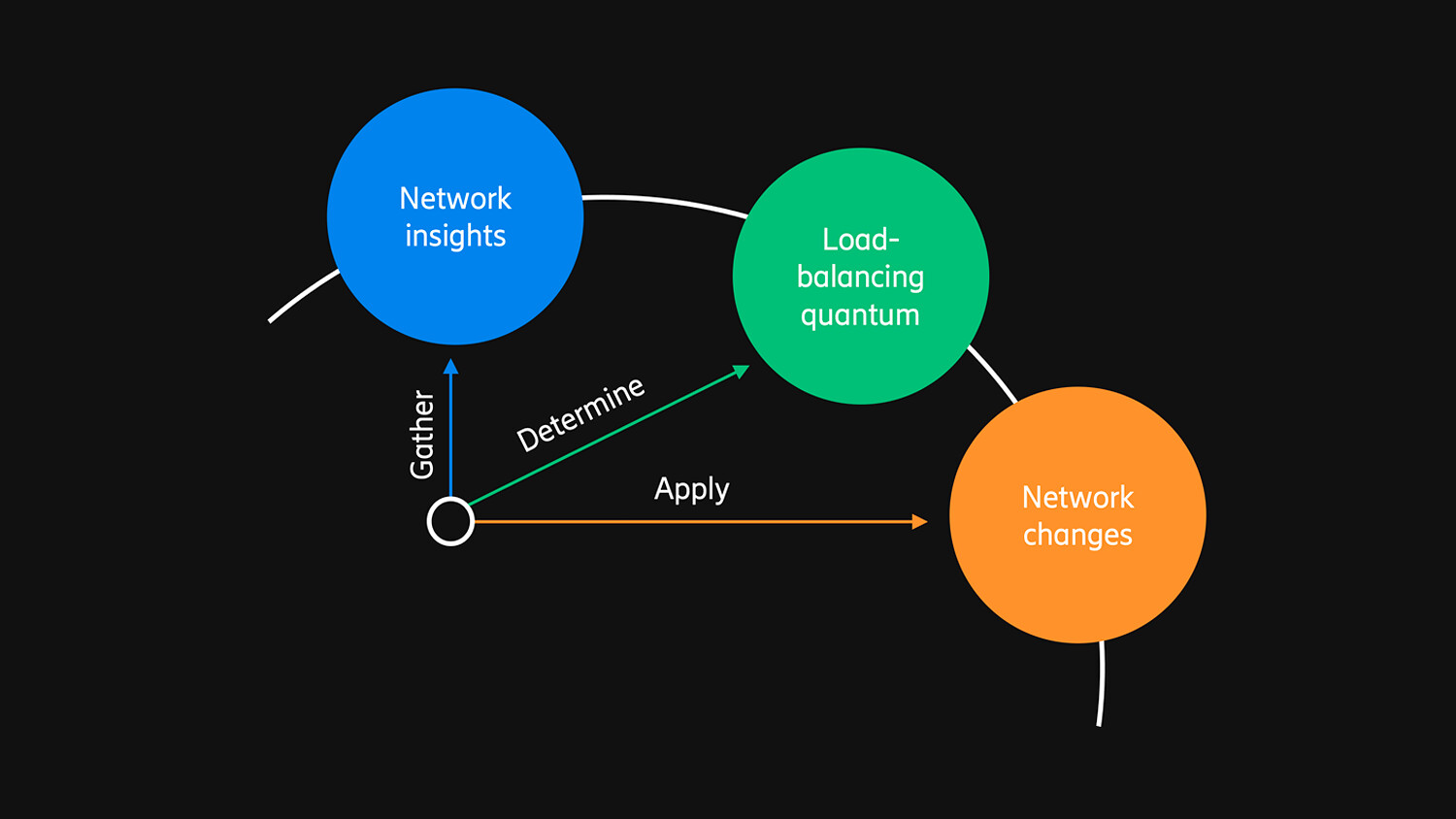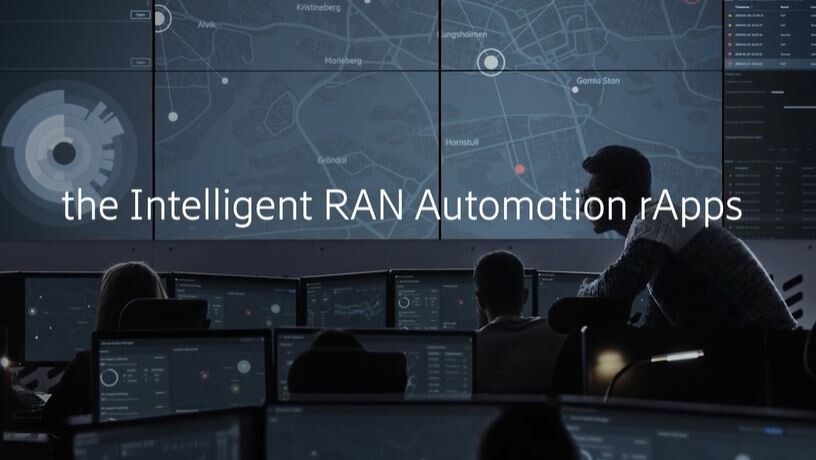It’s demonstration time!
Last November, Ericsson launched the Ericsson Intelligent Automation Platform: our new service management and orchestration (SMO) entity and much more. It includes a Non-Real-Time Radio Intelligent Controller (non-RT-RIC) for running radio network applications (rApps), and also has its own open software development toolkit (SDK), which can be used by communication service providers (CSPs) and third parties to develop new rApps.
If you are not familiar with the terms described above, you can read our blog post How to overcome 5G challenges: four key pillars for a successful future, which explores how intelligent automation solutions tackle CSPs pain points, while also providing the highest return on investment and shortest time to market – essentially creating future-proof architecture to meet the ever-changing demands of service providers.
Now Ericsson has released the new demo of one of the rApps: the Ericsson Frequency Layer Manager (FLM) rApp. In this demo, Ericsson clearly details how the FLM rApp resolves a network issue – from onboarding, instantiation, configuration and monitoring stage until the problem is completely solved.
The demo features two main ‘characters’, the app administrator and the app operator. The app administrator needs to ensure that the application is available in the platform so it can be used by the right person, with the right permissions, in the right area. In contrast, the app operator will use the app to optimize the network and improve the performance. To do this, the app operator needs to configure it in the proper way, selecting the appropriate parameters and activating the automatic process and allowing the app to make changes in the network in an automatic manner. Sounds like magic, but it’s real!
Now we’ll dig into the technical details of the Ericsson Frequency Layer Manager rApp.
Optimizing traffic load distribution
The management of the load between different frequency layers – or to put it more simply, different cells in the RAN network – is a big challenge for CSPs. CSPs face environmental complexity when it comes to rolling out 5G networks on top of the existing 4G networks.

But why is the RAN environment so complex? Let’s explain it in a simple way:
- The cell load changes over time. For example, in a shopping center the afternoon period is often much busier than the morning
- Traffic characteristics change over time e.g., in a residential area during afternoon hours the download traffic grows when all the family are connected and watching video or playing using online gaming applications
- Distribution of 5G capable devices changes because the devices are moving continuously
- All of the above affects the cell coverage that changes over time with the phenomenon of cell breathing
- And on top of that, to make it even more complex, there are several RAN functionalities that need to be configured to solve these problems.
To configure RAN functionalities in hundreds, even thousands, of cells in a constantly changing environment, is almost impossible to do manually.
Through dynamic RAN configuration, based on closed-loop automation, CSPs can redistribute users in the most effective way. This improves user experience (primarily with improvements in the downlink throughput) and increases resource utilization and spectral efficiency through the optimal re-distribution of users between frequency layers or cells.
Technical deep dive: How load balancing is achieved by the Ericsson Frequency Layer Manager rApp
The application produces deep insights into network and user characteristics using call trace records (CTR), performance management (PM) and configuration management (CM) data. This knowledge is then used to produce and apply individually tuned load-balancing profiles using the RAN feature load-based distribution at release (LBDAR).
The Frequency Layer Manager rApp algorithm flow can be broken down into three distinct phases that serve to identify and implement load-balancing:
- Network insights
Network insights is a term to describe behavior in the network. Examples include delivering Behavioral Network Model (BNM) metrics, such as coverage balance and contiguity, and measuring autoregressive integrated moving average (ARIMA) key performance indicators (KPIs).
- Load-balancing quantum
Load-balancing quantum is a term used to quantify how much load-balancing opportunity exists within the network such as how many users could be moved from a congested cell to another cell that has spare capacity. Load-balancing quantum is determined by using intelligence gained from network insights.
- Network changes.
The Ericsson Frequency Layer Manager rApp examines which features are available to tune and then decides how to change that network feature to meet the previously determined load-balancing quantum.

Ericsson Frequency Layer Manager rApp has several protect and detect features that are auxiliary to the core algorithm and protect certain traffic or states of the network.
- 5G aware
By understanding how the LTE and non-standalone (NSA) 5G network interact, the rApp can load-balance long term evolution (LTE) traffic with the introduction of 5G NSA. This is called ‘5G awareness’. Ericsson Frequency Layer Manager rApp must detect the Eutran/new radio-dual connectivity (EN-DC) configuration in the network to ensure that its load-balancing action it takes doesn't have an adverse effect on the 5G network. The rApp also detects if Ericsson Spectrum Sharing (ESS) is deployed on the network and its location. ESS is an Ericsson-feature that allows dynamic spectrum sharing between two technologies on the same frequency band, specifically 4G LTE and 5G New Radio (NR).
- Reliability
To ensure that optimization decisions, such as algorithm changes, are made with enough statistical info, a reliability indicator should be calculated for each key performance indicator (KPI) used in the algorithm decisions. In the case of Ericsson Frequency Layer Manager rApp, the driver KPI used for making optimization changes for load balancing is the app coverage KPI.
- Transient KPIs
To ensure the integrity of the optimization decisions made by the rApp, it’s necessary to protect the algorithm by screening out transient changes in the KPIs that drive those optimization decisions. Ericsson Frequency Layer Manager rApp transient detection is a solution based on the analysis of historical data and the application of statistical methods.This transient detection then creates rules to screen out transient cells, meaning they are not considered in further optimization decisions.
- Performance assurance
The purpose of the performance assurance (PA) feature of the rApp is to monitor radio KPIs where the Ericsson Frequency Layer Manager rApp algorithm execution has performed an optimization in either closed-loop or open-loop mode. In a case where PA finds the radio KPI in those elements to be degraded, then a reversal of the optimization restores the parameter to match the values that existed prior to the optimization. Performance assurance features introduce an additional level of protection in the automatic execution of the optimization algorithms in a closed loop, whilst automatically monitoring the impact on network KPIs of the implemented changes and reverting them in case any degradation occurs.
Looking ahead
The immediate benefits of this application are clear: an automated configuration of complex RAN scenarios with 4G and 5G deployments, best user experience, increased throughput, less drops and decreased latency and is an always-on functionality to keep the best possible balance in the RAN network whenever possible.
Visit Ericsson at the OSS Summit in London from Nov 8 to 9, 2022. We will be showcasing our FLM demo, as well as other exciting activities related to this year's theme: ‘Are you ready? OSS delivering the promise of 5G’.
Learn more
Explore the Ericsson Intelligent Automation Platform
Read more about rApps
Read more about the Software Development Kit (SDK)
Download the Ericsson Frequency Layer Manager rApp solution sheet
"Demo" - Google News
October 27, 2022 at 09:03PM
https://ift.tt/A71YIST
Achieving balance in RAN environments: a demo - Ericsson
"Demo" - Google News
https://ift.tt/NG0KnkW
https://ift.tt/jTIlVti


No comments:
Post a Comment